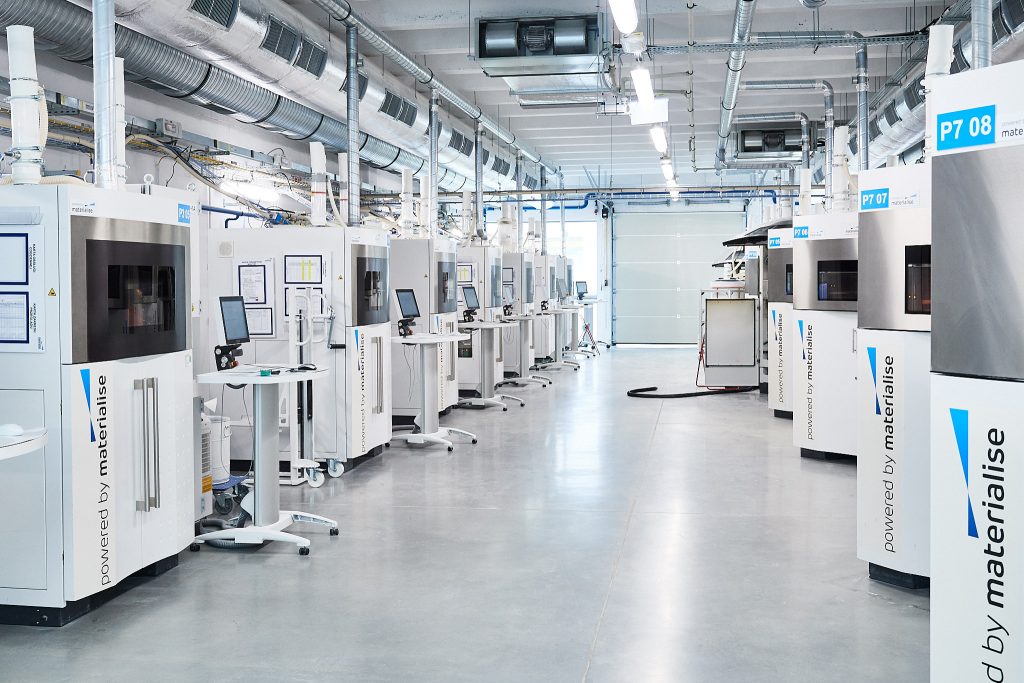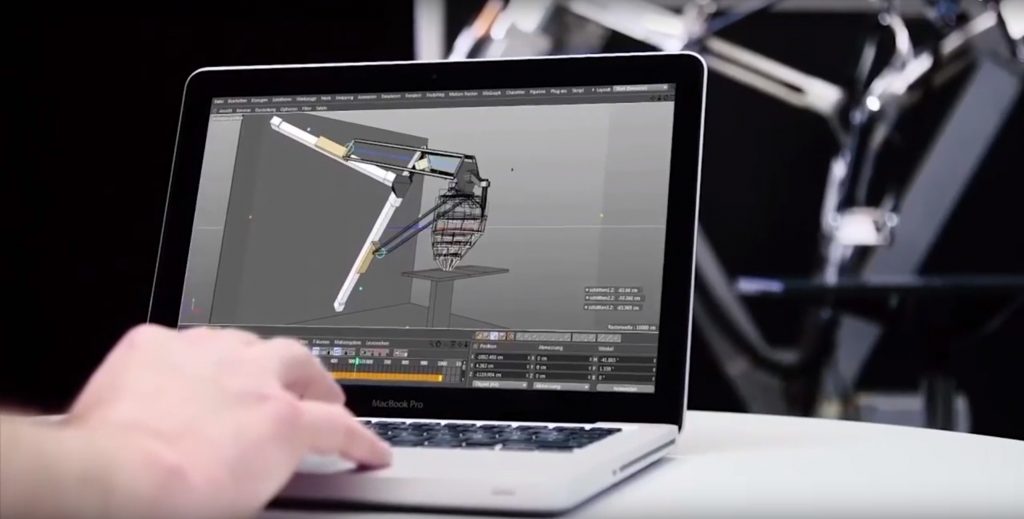Additive manufacturing software developer Materialise has announced its new CO-AM open software platform, a comprehensive 3D printing process management tool for industrial users.
Aimed at high-volume manufacturers, CO-AM is a cloud-based program that grants access to a wide variety of software tools (including third-party ones) for planning, managing, and optimizing the 3D printing workflow.
The platform sports an open architecture that allows users in sectors such as aerospace, automotive, medical, and energy to collate the software tools they use most on a day-to-day basis. It also provides easy access to a facility’s production data so users can monitor and improve their workflows continuously.
According to Materialise, CO-AM is an ‘important milestone’ towards the company’s goal of offering its entire software portfolio in a cloud-based fashion.
Bart Van der Schueren, CTO of Materialise, said, “CO‑AM offers new opportunities for AM users to innovate at unprecedented levels with their preferred software solutions. This open platform will allow the AM community to co-develop solutions that create competitive advantages for individual companies and empower entire industries. At the same time, this business model generates new revenue streams for hardware and software partners.”

The push toward series production
While low-volume functional prototyping is still the primary application of 3D printing, enterprises are increasingly going down the route of series manufacturing. Unfortunately, production at scale still calls for an abundance of manual control, and isolated data streams make it difficult to achieve the consistent quality that’s required for the mass production of identical parts.
Materialise’s CO-AM is designed to address these issues, connecting various software tools and packaging them under one open, cloud-based platform. The backbone of CO-AM is a data lake that communicates with all of the integrated production tools and tracks the status of the shop floor.
By allowing users to monitor and analyze manufacturing data, CO-AM enables machine operators to develop and store their own workflows in a knowledge database that can be reused over and over. It’s also equipped with AI capabilities that can continuously improve the workflows for better yields and part qualities.
CO-AM’s open ecosystem
So what technologies and tools will be compatible with CO-AM’s open architecture? As it stands, Materialise aims to offer more than 25 software applications on CO-AM. This includes an integrated version of the firm’s own Magics print preparation software, AM Watch for data collection on the shop floor, and Build Processors to enable connectivity with over 150 different 3D printers.
Third-party software developers will also be able to connect their programs to the platform. Materialise has already announced two such software partners: AM-Flow, which specializes in end-to-end workflow automation, and CASTOR, a 3D file screening system capable of analyzing parts for 3D printability.
“The next step for change in the AM Industry is automation,” says Stefan Rink, CEO of AM-Flow. “There are many digital dots to connect to create a full automation value chain. Teaming up with other solution providers of this chain is a prerequisite for the growth and scalability of Additive Manufacturing production. AM-Flow is very excited to be one of the first partners of the Materialise CO‑AM platform.”
Moving forward, Materialise is inviting 3D printing software firms to integrate their programs with CO-AM for selected pilot projects. Software partners will receive a software development kit (SDK), application programming interfaces (APIs), and a staging environment for quick and easy software development and integration. The firm will offer wider access to CO-AM over the next few months.
Omer Blaier, CEO of CASTOR, concludes, “CASTOR is joining forces with Materialise to capture and deliver the full potential of AM to manufacturers. By integrating our solutions on a unified CO‑AM platform, we can offer a unique combination of engineering intelligence and automation, identify suitable candidates for additive manufacturing amongst thousands of parts and go all the way to the final product within one solution, seamlessly.”

The additive manufacturing software sphere
The world of 3D printing software is as rich and diverse as that of hardware. Just last month, 3D printer manufacturer Ultimaker launched a beta version of its new open-source slicing software, Cura 5.0. According to Ultimaker, the latest Cura features an enhanced engine that allows users to deploy a variable line width during slicing, and reach a new threshold for finer and faster 3D prints.
Elsewhere, French software start-up Spare Parts 3D (SP3D) recently signed a joint R&D contract with the University for Research in Automated Production (LURPA) of the École Normale Supérieure Paris-Saclaythe and the French Defense Innovation Agency (DIA). The partners will work on project ‘RAPID’, which will see SP3D’s proprietary DigiPart platform used to create software capable of automatically transforming 2D drawings into 3D printable models.
Subscribe to the 3D Printing Industry newsletter for the latest news in additive manufacturing. You can also stay connected by following us on Twitter, liking us on Facebook, and tuning into the 3D Printing Industry YouTube Channel.
Looking for a career in additive manufacturing? Visit 3D Printing Jobs for a selection of roles in the industry.
Featured image shows a Materialise 3D printer facility in Leuven, Belgium. Photo via Materialise.


